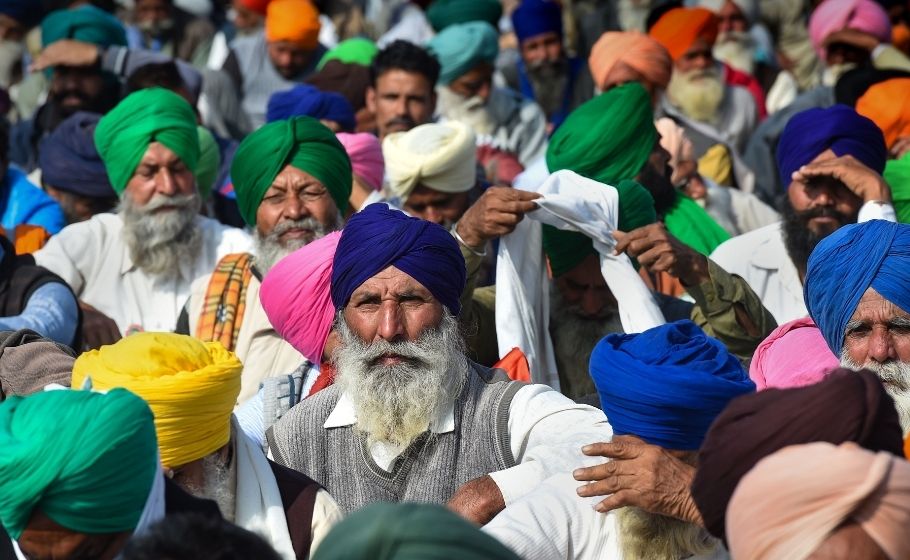
Farmers’ protest: Centre bides its time; believes stir will wear down ‘on its own’
More than a month after farmers’ tractor rally led to unprecedented violence at the Red Fort, and three months after thousands of farmers amassed at Delhi’s borders, the government appears steadfast in its self-belief that the agitation will wear down on its own, and that the agitation is focused largely on Punjab.

More than a month after farmers’ tractor rally led to unprecedented violence at the Red Fort, and three months after thousands of farmers amassed at Delhi’s borders, the government appears steadfast in its self-belief that the agitation will wear down on its own, and that the agitation is focused largely on Punjab.
The tactic seems nothing short of a non-action, but BJP insiders view the present state of the agitation as a symptom of a burn-out which does not demand any proactive approach to douse it. On Punjab, though, there are worries ever since SAD led by Sukhbir Badal parted ways with the BJP in June last year over the new farm laws, saying its representative in the NDA, Harsimrat Kaur Badal, a Union minister, was not taken into confidence.
“The agitation has lost its edge; it doesn’t have popular support outside Punjab. It will resolve itself with time,” a senior BJP leader, who was part of the meeting of office-bearers addressed by Prime Minister Modi last weekend, told The Indian Express.
Also read: PM says ‘historic’ rise in MSP for crops, efforts on to ‘double farmers’ income’
On its part, the government has told the farmer leaders that its offer to put the new laws “on hold” for a year and a half still stands and that they should respond with specific doubts on the new laws. The response of the farmers at the end of 11 rounds of talks with the government is that nothing short of a revocation of these laws would be acceptable.
The danger from the Centre’s wait-and-watch is that farmer leaders are spreading out in various parts of the country to generate awareness among farmers. It means the protest might percolate down deeper than Punjab, parts of Haryana, western Uttar Pradesh and Rajasthan.
Another risk is the international dimension of the protest. Only yesterday (February 26), the UN Human Rights chief Michel-Bachelet accused the government of curbing freedom of speech, drawing a sharp response from New Delhi. Yet another fear is the fact that Punjab is a border state and a large-scale alienation from the BJP at a time when nationally, the Congress has grown weak, could spawn extremist forces who are out to cash in on the fragile situation.
Also read: Farmers to escalate protest, plan new strategies
The situation from the Centre’s point of view is that there is no need for “secret mediators” to resolve the impasse. “There is no back channel. Whatever proposals had to be made have been made during the 11 rounds of talks,” The Indian Express quoted a senior Agriculture Ministry official. “Jo stithi bani hui hai wah bani hui hai (the situation is as it is). It can be resolved if the other side (farmers) wants to resolve it,” the paper quoted another official.
The dominant feeling in government circles is that the protest has not been able to make much impact other than in Punjab. BJP sources say the unrest in parts of Haryana is due to unease among the Jats two years after as the BJP chose a Punjabi, Manohal Lal Khattar, to helm the state. In western UP too, it is the Jats who are largely agitated, and in Rajasthan, the protests have surfaced from “non-BJP areas” “sponsored” by the ruling Congress.

